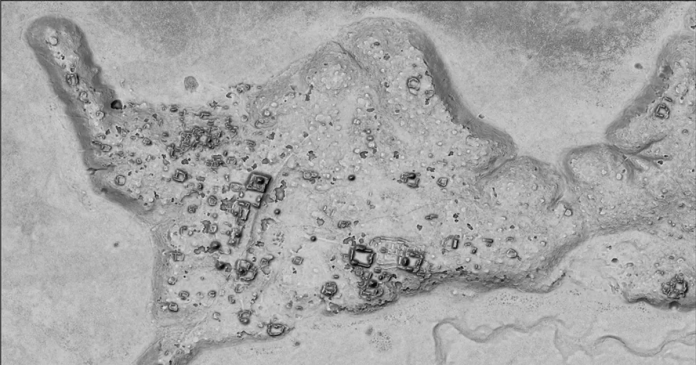In June 2023, archaeologists using LiDAR technology uncovered a previously unknown network of subterranean tunnels beneath the ancient Maya city of Ocomtún. The discovery took place within the Balamkú Ecological Reserve, a dense stretch of jungle in the Mexican state of Campeche. The survey covered approximately 140 square kilometers and revealed a complex urban layout hidden beneath the forest canopy.
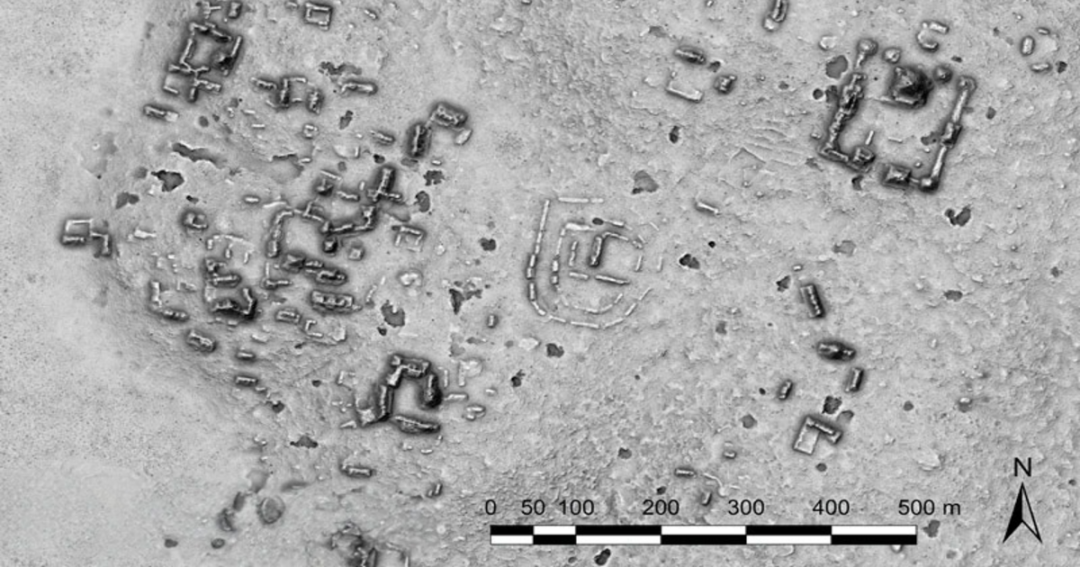
LiDAR enabled researchers to penetrate thick vegetation and generate high-resolution 3D maps of the terrain. These scans revealed a concentration of pre-Hispanic structures. They included pyramidal buildings, broad plazas, and elongated ceremonial platforms arranged in concentric circles. The site’s core sits atop a natural rise of land, described as a peninsula of high ground surrounded by extensive wetlands.
Ocomtún
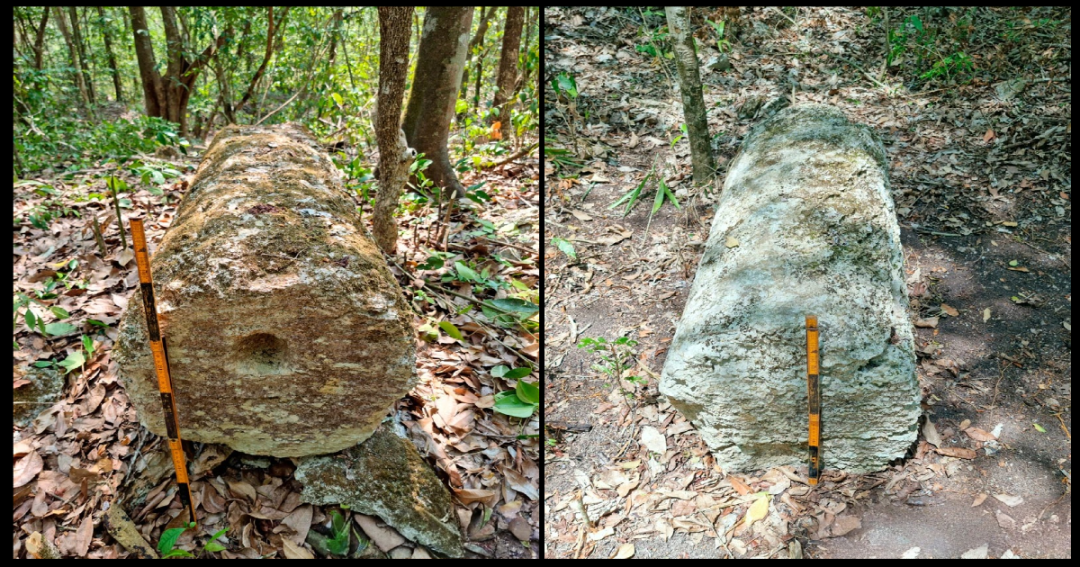
Archaeologists from Mexico’s National Institute of Anthropology and History (INAH), in collaboration with the Slovenian Academy of Sciences and Arts, named the site Ocomtún, meaning “stone column” in Yucatec Maya. The name reflects the numerous cylindrical stone columns found throughout the site, many of which appear to have served ceremonial or structural functions.
Drainage System
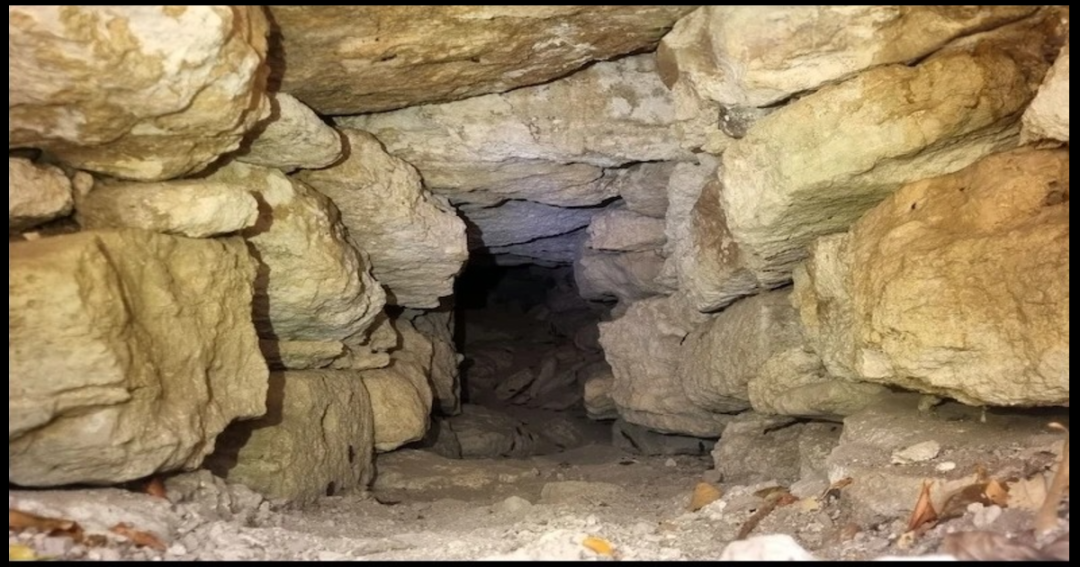
During excavation of a ballcourt; an arena used for ritual ball games central to Maya culture. Researchers identified a series of subterranean tunnels beneath the playing surface. These tunnels are believed to be part of a sophisticated drainage system designed to manage water runoff from elevated terrain. The presence of such infrastructure suggests that Maya engineers developed advanced hydrological solutions to adapt their cities to the region’s seasonal flooding and topographic challenges.
The site spans roughly 123.5 acres and dates primarily to the Classic Period of Maya civilization (250–1000 CE). Several pyramidal structures at Ocomtún reach heights of over 15 meters. A central acropolis measures approximately 80 meters in length. A 25-meter-high pyramid anchors the northwest sector of the city, connected by a broad causeway to other ceremonial buildings.
Evidence from the site indicates that Ocomtún underwent significant architectural modifications during the Terminal Classic period (800–1000 CE). This includes the construction of shrines, terraces, and ritual plazas. By the end of the 10th century, the city was abandoned. The abandonment coincided with the broader collapse of Maya urban centers across the southern lowlands
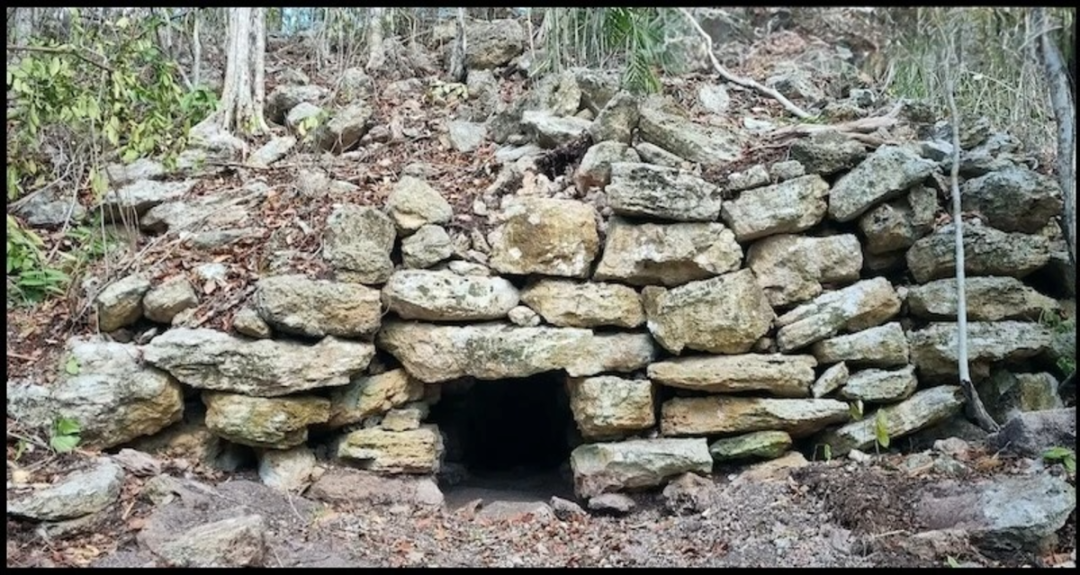
The discovery of subterranean tunnels at Ocomtún adds to a growing body of evidence that ancient Maya cities integrated complex water management systems into their urban planning. These findings underscore the engineering sophistication of Maya architects and offer new insights into how they adapted ceremonial and residential spaces to the challenges of their environment.
For more lost cities read Quest for the Lost City of the Monkey God

